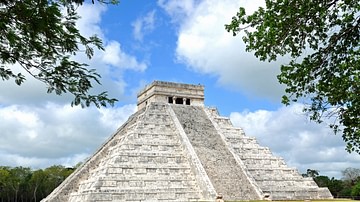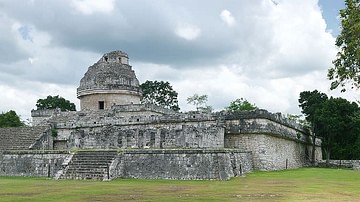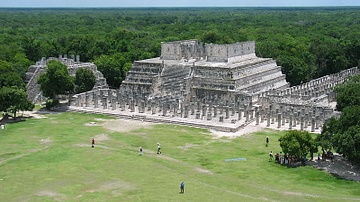Illustration
The Castillo or Pyramid of Kukulcan at the Maya (and possibly later Toltec) centre of Chichen Itza, Yucatan, Mexico. The pyramid was built prior to 1050 CE as a temple to honour the Maya feathered-serpent god Kukulkan. The steps create a shadow effect similar to a feathered serpent climbing the pyramid.
Cite This Work
APA Style
Stanley, D. (2021, January 21). Shadow Effects of the Pyramid of Kukulcan. World History Encyclopedia. Retrieved from https://www.worldhistory.org/image/13332/shadow-effects-of-the-pyramid-of-kukulcan/
Chicago Style
Stanley, David. "Shadow Effects of the Pyramid of Kukulcan." World History Encyclopedia. Last modified January 21, 2021. https://www.worldhistory.org/image/13332/shadow-effects-of-the-pyramid-of-kukulcan/.
MLA Style
Stanley, David. "Shadow Effects of the Pyramid of Kukulcan." World History Encyclopedia. World History Encyclopedia, 21 Jan 2021. Web. 15 May 2024.







